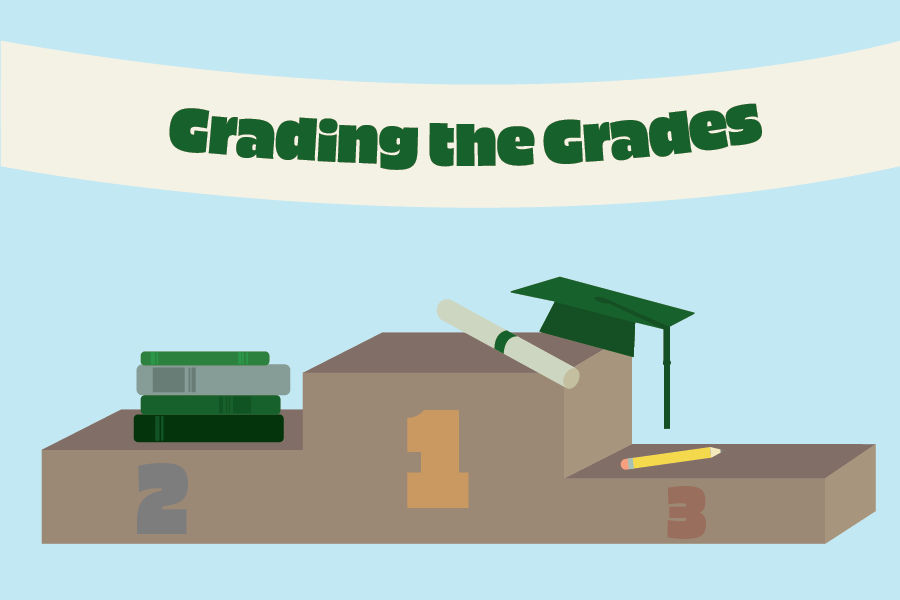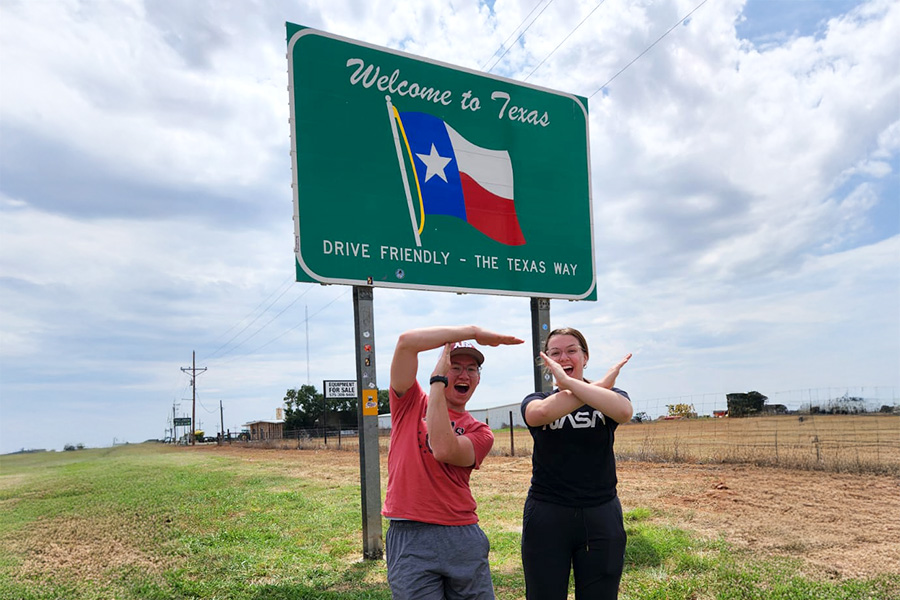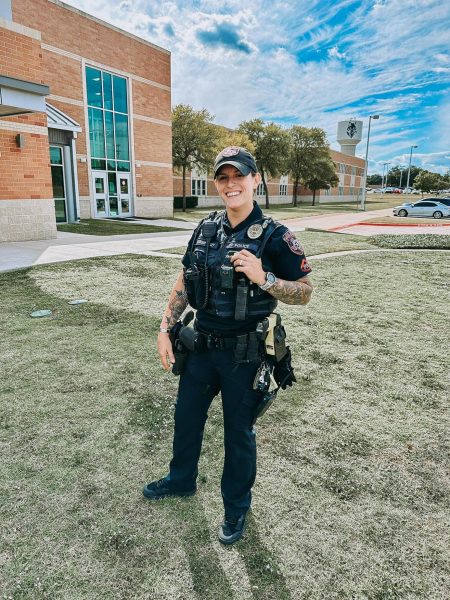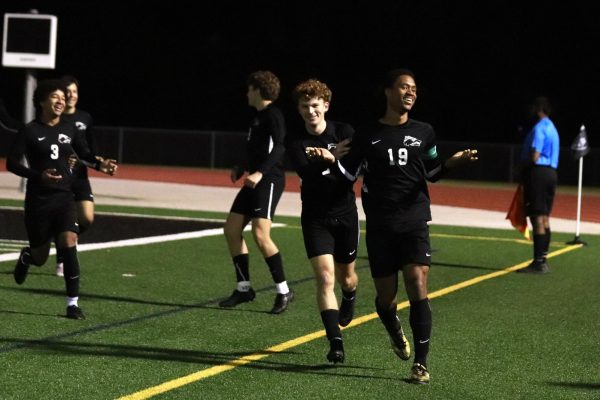Triggered Day 3: Making a Plan
Gain a Sense of Security by Planning for the Worst Case Scenario
April 4, 2018
How can I barricade the door?
Are there any weapons in the classroom I can use?
Is hiding under a desk enough?
During an emergency, these are questions that may go through a student or teacher’s mind. Though they are valuable questions, they should be thought of sooner, rather than during a worst case scenario. Feeling equipped will not only provide a sense of safety during lockdowns, but avoid a state of panic and confusion if a true threat were to arise.
Theatre tech teacher, Jeff Smith, was in elementary school in Colorado at the time of the Columbine school shooting. Smith says how he now automatically has a plan wherever he goes, just in case that something bad were to happen.
“Ever since that moment, I haven’t stepped in a classroom without a plan, without looking at how can I get out of here, where can I go, what can I use to defend myself,” Smith said. “And it’s not necessarily a paranoia where I’m just constantly freaking out, but it gives me a sense of power, knowing that when I go into a situation, into a location, I’m prepared.”
In any dangerous situation where there is an active gunman, the Department of Homeland Security suggests going through three steps: run, hide and fight. In our district, as well as most others, hiding comes first out of these. Leander ISD’s senior executive director of student services, Brad Mansfield, deals with safety policies in the district and says how we can do more than simply hide.
“It says in our policy teachers can barricade doors,” Mansfield said in an interview with CPHS News’ Noah Torr. “So you can pile up desks…and keep people from coming in. Our doors open out.”
He says how a gunman often looks for an easy target, making barricades an option when in a classroom.
“The harder you make it to get into a room and the harder it is to make you a target, the [better],” Mansfield said.
Apart from barricades, there are a few essential steps to take while under a lockdown, which are given in a list to all teachers. They must lock doors, turn off the lights, cover up the windows and keep students out of view from the door.
Locking doors may seem like an obvious thing to do, however it is possible that it could be overlooked in a seemingly unthreatening situation. A locked door acts as a huge obstacle to the gunman, since locks are considerably difficult to shoot through (despite what is shown in movies).
When students are unaware of what’s going on, they often resort to their phones during a lockdown, as it can be their only mode of communication in a time of stress and confusion. If students are using phones, it is important for them to turn phones on silent and make sure to turn off any phone light that could be seen from outside the room.
Squeezing together a class worth of kids into the corner may not be the most comfortable, but it is the standard precaution taken when the location of a threat remains unknown. However, different steps, such as evacuation, can be considered when there is information on the threat. In the situation that there is an active gunman in a public space, or complete understanding that a gunman is across campus, running out of the campus can be the best thing to do.
“If you know [the gunman is] way over there and it’s happening in the Ag barn and the teacher is sure of that, then certainly if you can get out this door or that window, get out,” Mansfield said.
Most students will never come to being in close quarters with a gunman, but if that does happen, students have the option to fight.
“In a situation where if there was a person that was in front of you, and causing harm, danger, or [even if it is an] active shooter, you have the option to fight,” Mansfield said.
The priority is to hold back the perpetrator in any way possible if he or she is to enter a classroom. School districts throughout the country have taken their own approach to this. Blue Mountain School District in Pennsylvania has even equipped each classroom with their own bucket of rocks, that are to be thrown at a threat as last resort.
Homeland Security published an article giving a specific ‘how to’ regarding the “run, hide, fight” approach. When fighting becomes the only option, they suggest using any weapon available such as fire extinguishers, scissors or books.
There are many ways to go about the actual scenario of a shooting, and most schools will not experience it on a local scale. But having a plan for the worst is what can be done right now. Doing this is what gives Smith a peace of mind when he enters a new room.
“I don’t have to be constantly freaking out because [making a plan] becomes natural over time,” Smith said. “You walk in and you go, ‘there are my exits, there are my defensive positions,’ and it’s over, and it gives me a little more sense of security throughout the day.”
More resources can be found here:

![Posing with their UIL State Trophy, the Robolobos Van Halen Team beams with excitement after their win. “It was a team effort,” junior Noah Vo said. “I was happy because something happened in the first match and the match was also really close. So [when] they finally revealed it, I was pretty happy.” Photo courtesy of Amy Lovelace](https://cphswolfpack.com/wp-content/uploads/2025/05/IMG_0910-EDIT-1200x723.jpg)

![Broadcast, yearbook and newspaper combined for 66 Interscholastic League Press Conference awards this year. Yearbook won 43, newspaper won 14 and broadcast took home nine. “I think [the ILPC awards] are a great way to give the kids some acknowledgement for all of their hard work,” newspaper and yearbook adviser Paige Hert said. “They typically spend the year covering everyone else’s big moments, so it’s really cool for them to be celebrated so many times and in so many different ways.”](https://cphswolfpack.com/wp-content/uploads/2025/05/edited-ILPC.jpg)


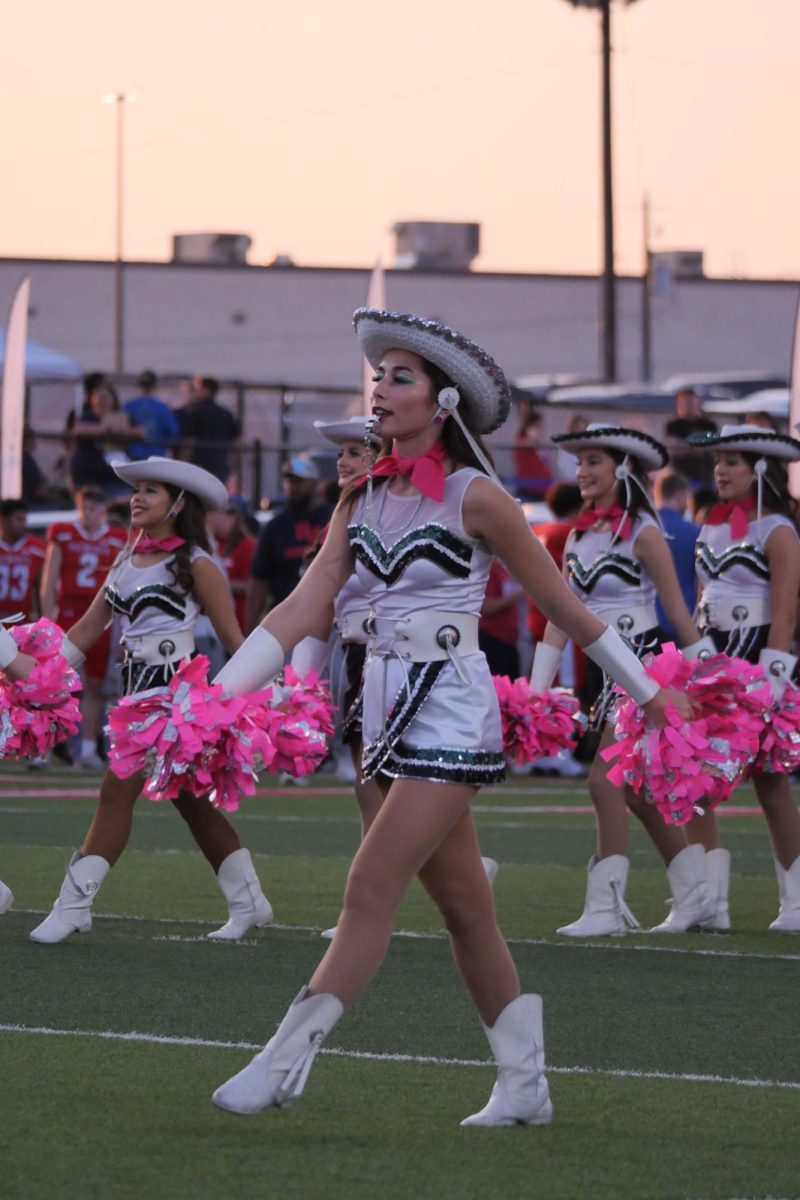





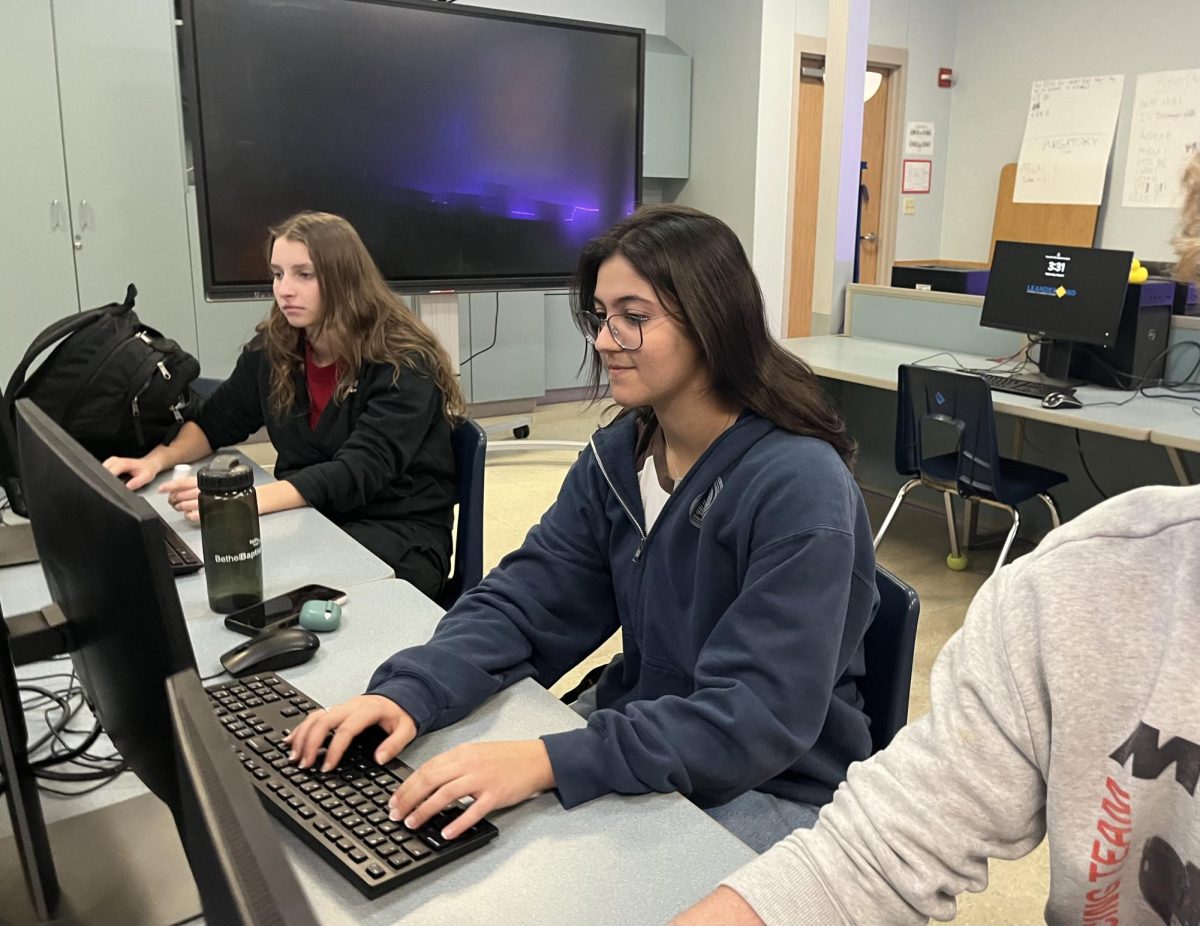


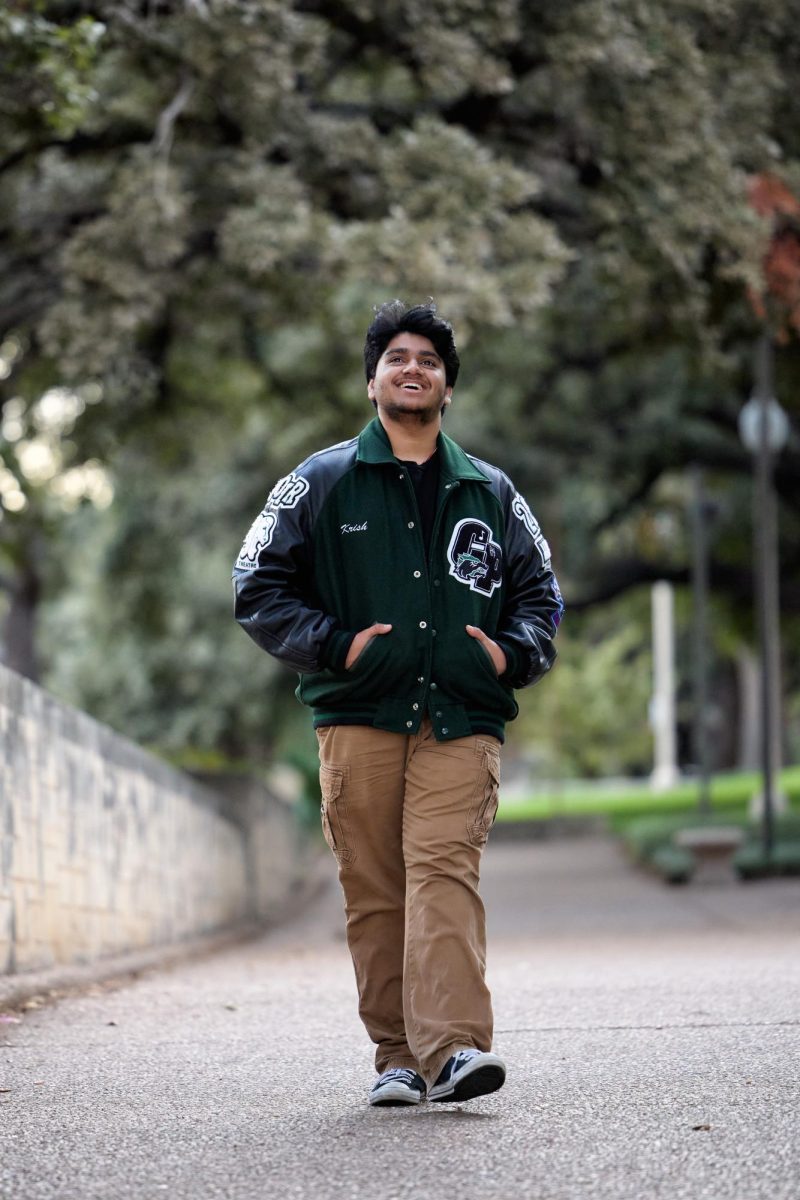
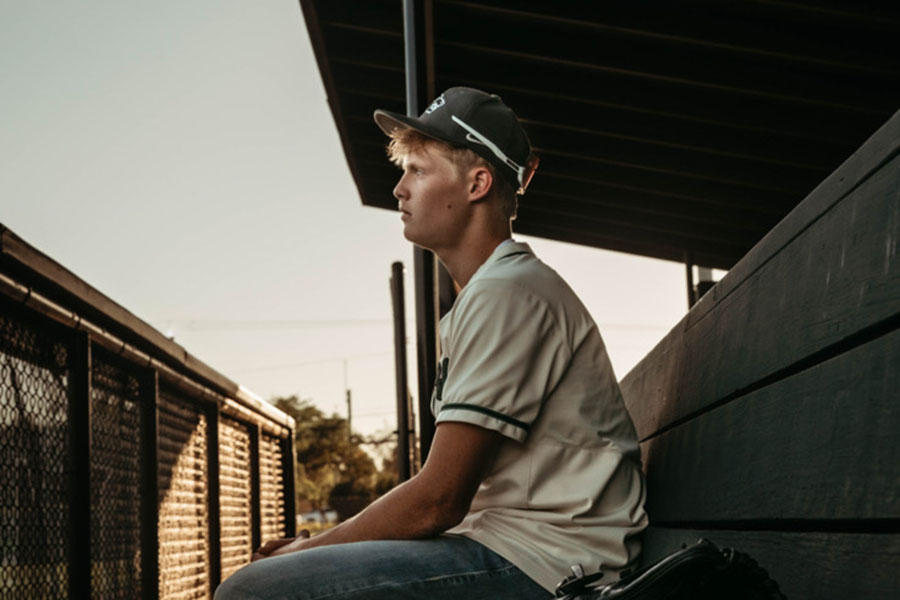
![Bringing her arm over her head and taking a quick breath, junior Lauren Lucas swims the final laps of the 500 freestyle at the regionals swimming competition on date. Lucas broke the school’s 18-year-old record for the 500 freestyle at regionals and again at state with a time of 4:58.63. “I’d had my eye on that 500 record since my freshman year, so I was really excited to see if I could get it at regionals or districts,” Lucas said. “ State is always a really fun experience and medaling for the first time was really great. It was a very very tight race, [so] I was a bit surprised [that I medaled]. [There were] a lot of fast girls at the meet in general, [and] it was like a dogfight back and forth, back and forth.” Photo by Kaydence Wilkinson](https://cphswolfpack.com/wp-content/uploads/2025/03/Kaydence-2.7-23-edit-2.jpg)
![As the support team sits and poses for a photo in the cafeteria with the counseling team they eagerly wait to start their day. "We [all] seem to be a team, I get up every day and there's days where I don't want to go to work today, but I'm thankful that I have a job and I'm blessed to have what I have," Christopherson said. Photo Courtesy of Julie Weltens.](https://cphswolfpack.com/wp-content/uploads/2025/01/AF9E8470-10D7-4C91-BF28-EC8F86BAB66C-1200x852.jpeg)
![Officer Stephanie Cash is in her second year as an SRO at CPHS. “Seeing [students] grow over the years has been kind of cool,” Officer Cash said. “Freshmen that [are] all over the place and then in the next couple of years get a little more squared away and go to class and do work and start thinking about the future. Being a part of a student's growth is the best way to measure my success as an SRO.” Photo Courtesy of Cedar Park Police Department's PIO, Alicia Gallagher.](https://cphswolfpack.com/wp-content/uploads/2024/12/CPHS-SRO-900x1200.jpg)


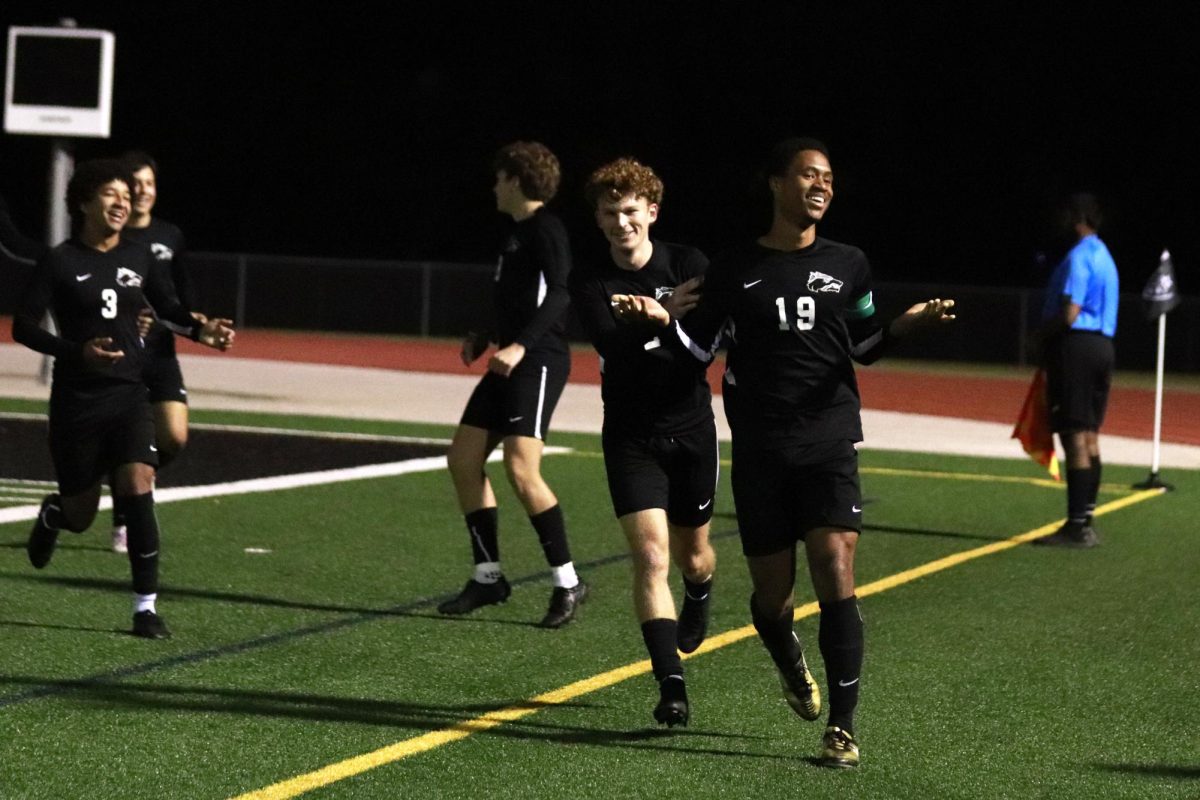
![Taking a breath as he raises his arm up and out of the water, sophomore Kaden Padilla swims the 500 freestyle at the UIL state meet on Feb. 21-22. Padilla placed 10th overall and second in the consolation final in the event, dropping two seconds. “My family was there, so being able to drop time for them was really special,” Padilla said. “It was awesome [finding out I advanced to the consolation finals]. I wasn’t expecting it, and I was very surprised. My parents being there definitely made me a lot happier knowing they got to see me swim in finals.” Photo by Skyler King.](https://cphswolfpack.com/wp-content/uploads/2025/03/kaden-padilla.jpg)

![Three defenders try to stop senior point guard Hope Edwards before the ball leaves her hands. The girls basketball team faced Liberty Hill on Feb 21, losing 58-40. “[My season was] definitely bittersweet,” Edwards said. It's definitely sad [because] I'm gonna miss all my teammates, my coaches and just the whole CP environment.”](https://cphswolfpack.com/wp-content/uploads/2025/03/julia-128-1200x800.jpg)

